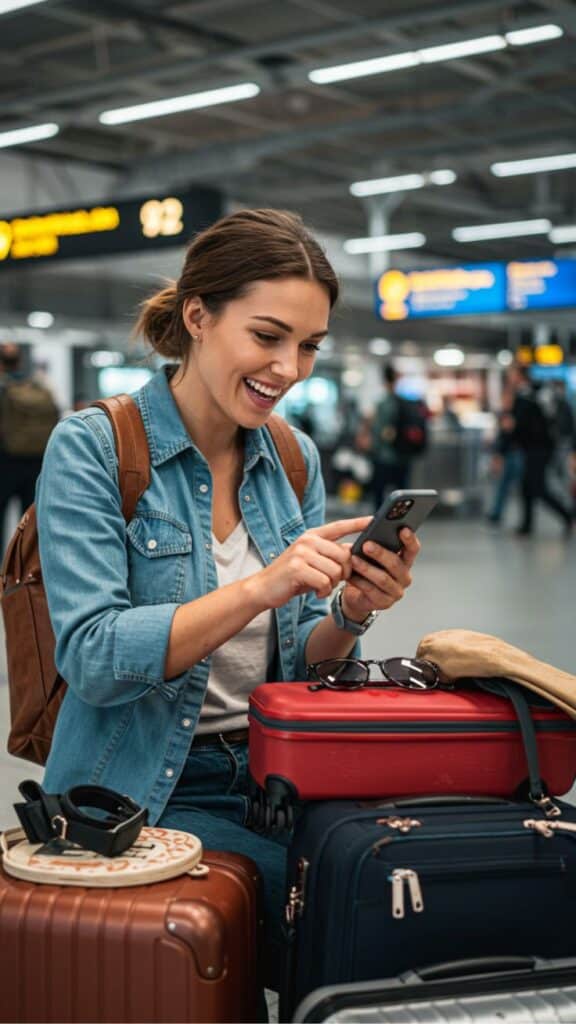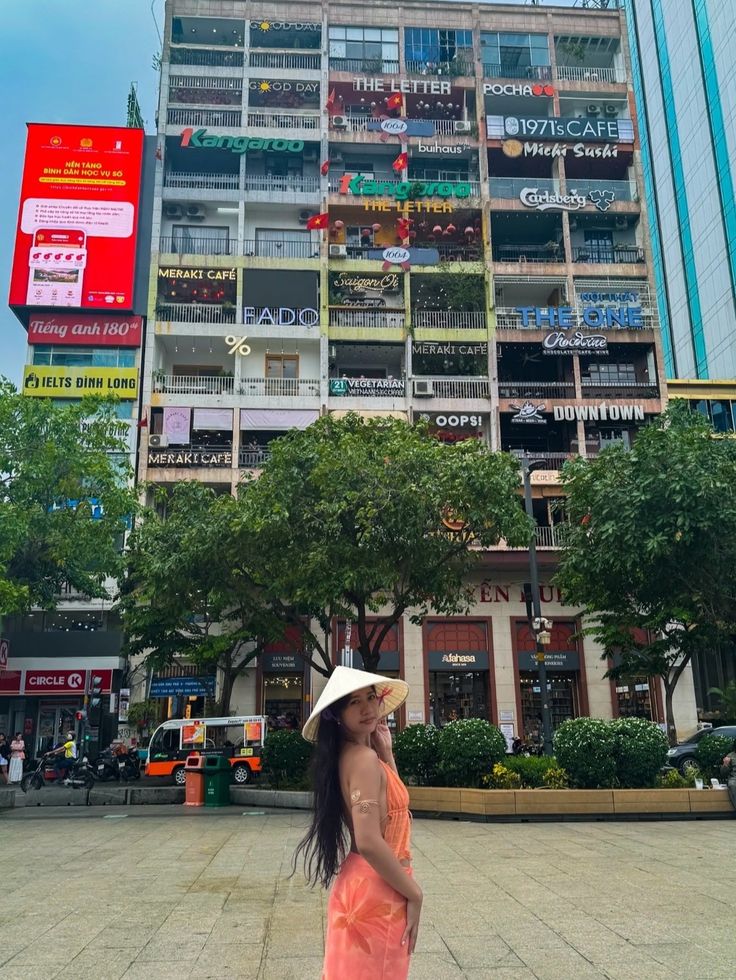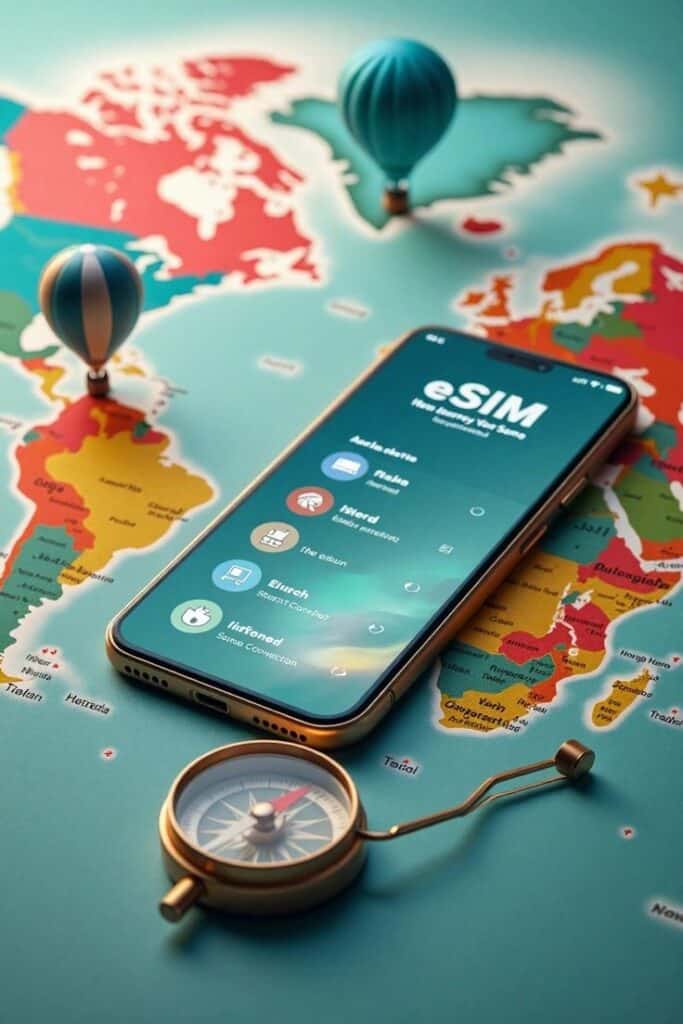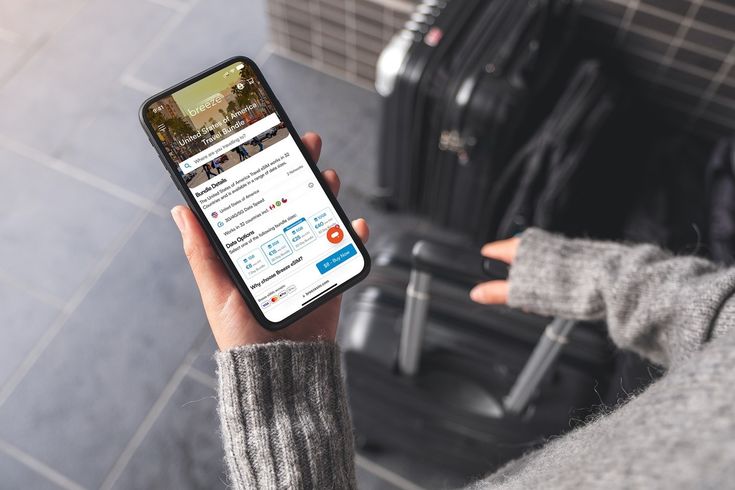

Planning a trip to Vietnam? Whether you’re exploring the bustling streets of Ho Chi Minh City or taking in the breathtaking views of Ha Long Bay, staying connected shouldn’t break your budget. Traditional roaming charges can quickly turn your dream vacation into a financial nightmare, but there’s a smarter solution that savvy travelers are already using.
Why Data Costs Matter for Travelers in Vietnam
Vietnam’s digital landscape has evolved rapidly, making internet connectivity essential for modern travelers. However, the cost of staying connected can vary dramatically depending on your approach.
The High Price of Roaming Charges
International roaming fees are one of the biggest budget killers for travelers. Most major carriers charge between $10-15 per day for international data, which means a two-week Vietnam trip could cost you over $200 just for basic connectivity. Even worse, these daily fees often come with data caps as low as 1GB, leaving you scrambling for Wi-Fi or facing overage charges.
Consider this real scenario: Sarah from Australia spent three weeks exploring Vietnam last year. Her carrier charged her $12 daily for roaming, plus $0.05 per MB for usage beyond her 500MB daily limit. Between using Google Maps for navigation, uploading photos to Instagram, and making video calls home, she racked up $400 in roaming charges – money that could have funded an extra week of travel.


Vietnam’s Connectivity Landscape
Vietnam boasts impressive mobile infrastructure with extensive 4G coverage and growing 5G networks in major cities. The country’s three main carriers – Viettel, Mobifone, and Vinaphone – provide reliable service from urban centers like Hanoi to tourist destinations like Sapa and Phu Quoc Island.
This robust network means you can expect fast, reliable internet for navigation, translation apps, and staying in touch with home. However, accessing this network affordably requires the right approach.
Common Challenges with Staying Connected in Vietnam
Every traveler faces connectivity hurdles, but Vietnam presents some unique challenges that can complicate your communication plans.
Navigating Local SIM Card Hassles
Buying a local SIM card might seem like the obvious solution, but it comes with significant drawbacks. Vietnamese regulations require foreigners to register SIM cards with their passport, creating long queues at airports and mobile shops. Many travelers report waiting over an hour at Tan Son Nhat Airport in Ho Chi Minh City just to purchase and activate a local SIM.
Language barriers compound these issues. Shop staff may not speak English fluently, making it difficult to understand plan details or pricing. You might end up with more data than you need or discover hidden fees only when your credit runs out in remote areas.


Unpredictable Data Needs for Travelers
Estimating your data usage while traveling is tricky. A quiet day exploring temples might use minimal data, while a day of live-streaming your motorbike tour through the Mekong Delta could consume several gigabytes. Tourist activities like using ride-hailing apps, translating menus, or video-calling family often require more data than expected.
Most travelers underestimate their usage, especially when visiting Instagram-worthy locations like the colorful streets of Hoi An or the terraced rice fields of Mu Cang Chai.
Benefits of Using an eSIM for Cost-Effective Travel
The best esim vietnam solutions offer a modern alternative that eliminates traditional connectivity headaches while saving money.
Instant Activation Without Physical SIMs
eSIM technology embeds a digital SIM card directly into your phone’s hardware, eliminating the need for physical cards. This means no more fumbling with tiny SIM cards, losing them, or worrying about changing them in dusty environments.
You can purchase and activate your eSIM before leaving home, ensuring connectivity the moment you land in Vietnam. This is particularly valuable when arriving late at night or in smaller airports where mobile shops may be closed.


Flexible Plans to Match Your Budget
Unlike traditional carriers that offer one-size-fits-all international plans, eSIM providers offer granular options. You can choose plans ranging from 1GB for light users to unlimited data for digital nomads working remotely from Vietnamese coffee shops.
Short-term visitors might opt for a 7-day plan with 3GB daily, while longer stays could benefit from 30-day unlimited options. This flexibility means you only pay for what you actually need.

Avoiding Hidden Fees and Overcharges
eSIM plans typically offer transparent, prepaid pricing with no surprise charges. You know exactly what you’re spending upfront, making budget planning easier. Many providers also offer data rollover or pause features, so unused data doesn’t simply disappear.
Unlike roaming plans that can trigger unexpected charges for seemingly innocuous activities like app updates or email syncing, eSIM plans give you complete control over your spending.
How to Choose the Best eSIM for Your Vietnam Trip
Selecting the right eSIM requires evaluating several factors specific to your travel style and needs.
Assess Your Data Needs
Start by understanding your typical usage patterns. Basic travelers using maps, messaging, and occasional photo sharing typically need 1-2GB daily. Moderate users adding video calls and social media streaming should budget 2-4GB daily. Heavy users working remotely, streaming Netflix, or frequently video-calling need 4GB or unlimited daily plans.
Consider your itinerary too. Urban areas offer abundant Wi-Fi, reducing your reliance on mobile data, while rural adventures require more cellular connectivity for navigation and safety.


Compare eSIM Providers for Coverage and Price
Research providers based on their Vietnamese network partnerships. The best options partner with Viettel, Vietnam’s largest carrier, ensuring coverage in remote areas like the northern mountains or southern islands.
Price comparison should include both the base plan cost and any additional fees. Some providers charge activation fees or require minimum top-ups, while others offer straightforward pricing.


Check Device Compatibility
eSIM requires a compatible device – most iPhones from XS onwards and many recent Android phones support the technology. Check your phone’s settings menu for an “Add Cellular Plan” or “Add eSIM” option to confirm compatibility.
Equally important is ensuring your phone is unlocked. Carrier-locked devices cannot use eSIM services from third-party providers, so contact your carrier before traveling if you’re unsure about your phone’s unlock status.
Simify: Your Reliable Solution for Seamless Vietnam Connectivity
When comparing eSIM options for Vietnam, Simify consistently ranks among the top choices for international travelers seeking reliable, affordable connectivity.


Why Simify Stands Out
Simify partners with Vietnam’s major networks to provide comprehensive coverage from Ho Chi Minh City’s business district to the remote villages of Sa Pa. Their plans offer competitive pricing without sacrificing quality or reliability.
The company’s user-friendly app allows real-time data monitoring, plan management, and customer support – crucial features when you’re halfway around the world and need immediate assistance.

Easy Setup for Instant Data Access
Simify’s activation process takes minutes rather than hours. After purchasing your plan online, you’ll receive a QR code via email. Simply scan it with your phone’s camera, and your eSIM activates automatically.
This streamlined process is particularly valuable for travelers arriving in Vietnam’s busy airports, where traditional SIM card purchases can involve lengthy queues and complex registration procedures.
Tips to Maximize Savings with Your eSIM
Smart usage strategies can extend your eSIM plan’s value while ensuring you stay connected throughout your Vietnamese adventure.
Use Wi-Fi When Available
Vietnam offers extensive Wi-Fi coverage in hotels, restaurants, and cafes. Most accommodations provide free Wi-Fi, and many restaurants offer access to customers. This abundance of Wi-Fi means you can save your cellular data for times when you truly need it.
Download offline maps for major cities before leaving Wi-Fi zones, and use messaging apps like WhatsApp or Telegram that work efficiently on Wi-Fi for staying in touch with home.

Monitor Data Usage in Real Time
Both iOS and Android devices include built-in data monitoring tools that track your usage patterns. Set up data usage alerts at 75% and 90% of your plan limits to avoid unexpected overages.
Many eSIM providers also offer companion apps that provide real-time usage statistics and allow you to adjust your plan if needed.
Opt for Short-Term Plans for Brief Trips
For trips under two weeks, daily or weekly eSIM plans often provide better value than monthly options. This approach prevents paying for unused data while ensuring adequate coverage for your actual travel dates.
Similarly, if you’re planning to travel to other destinations after Vietnam, look for regional plans that cover multiple Southeast Asian countries. An <a href=”https://internationalesim.com/esim-europe/”>international esim Europe</a> might be perfect if you’re continuing to European destinations, while solutions like <a href=”https://europeesim.com.au/”>esim London</a> work well for UK-specific travel.
FAQs About Using eSIMs in Vietnam

Q: How much data do I need for a week-long trip to Vietnam?
A: For moderate use including navigation, social media, and light streaming, 1–2 GB daily is sufficient. Heavy users engaging in video calls and streaming should budget 3–5 GB daily.
Q: Will an eSIM work in rural areas like Ha Long Bay or Sapa?
A: Yes, most eSIM providers partner with Vietnam’s major networks (Viettel, Mobifone), offering reliable 4G/5G coverage even in rural tourist destinations.
Q: Is it cheaper to buy an eSIM or a local SIM in Vietnam?
A: eSIMs often provide better value due to transparent pricing, no registration hassles, and immediate activation, saving both time and money.
Q: Can I use an eSIM if my phone is locked to a carrier?
A: No, your phone must be unlocked to use third-party eSIM services. Contact your carrier before traveling to confirm your device’s unlock status.
Q: How do I activate an eSIM for Vietnam before my trip?
A: Purchase your plan from a reputable provider, scan the QR code sent via email, and follow your phone’s setup instructions. Most providers allow activation before departure or upon arrival in Vietnam.
Choosing the right eSIM for your Vietnam trip doesn’t have to be complicated. By understanding your data needs, comparing providers, and following smart usage practices, you can stay connected affordably while exploring everything Vietnam has to offer. The key is planning ahead and selecting a solution that matches your specific travel style and budget requirements.
- 0shares
- Facebook0
- Pinterest0
- Twitter0



